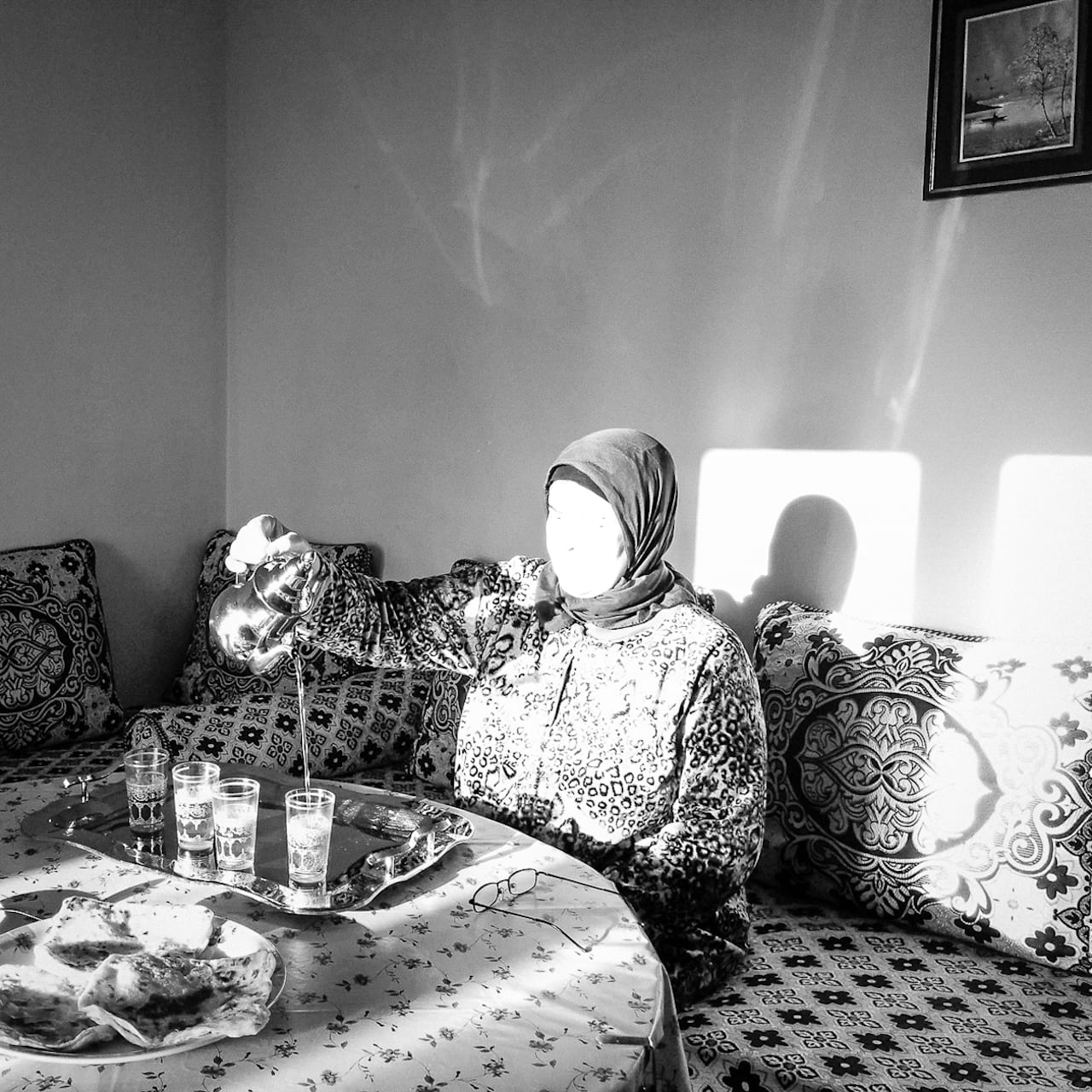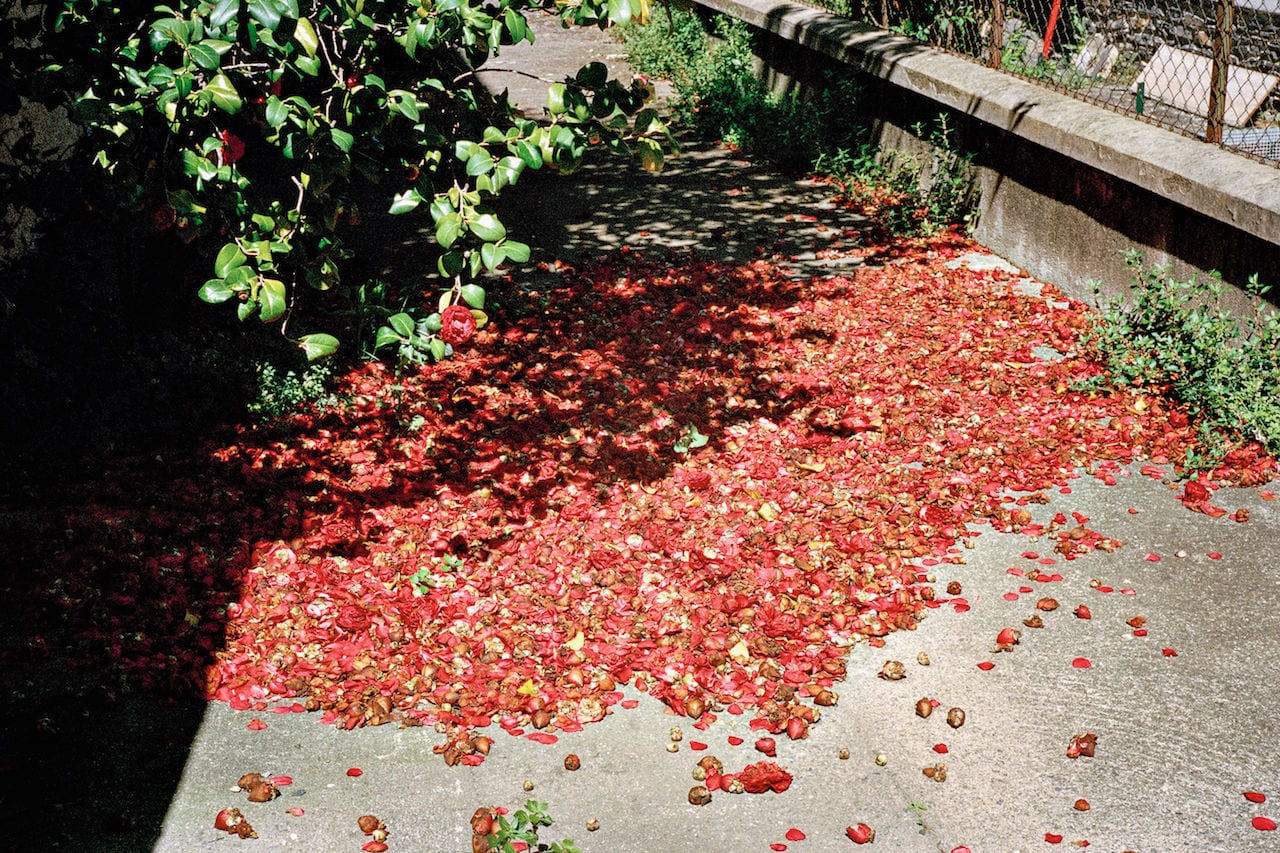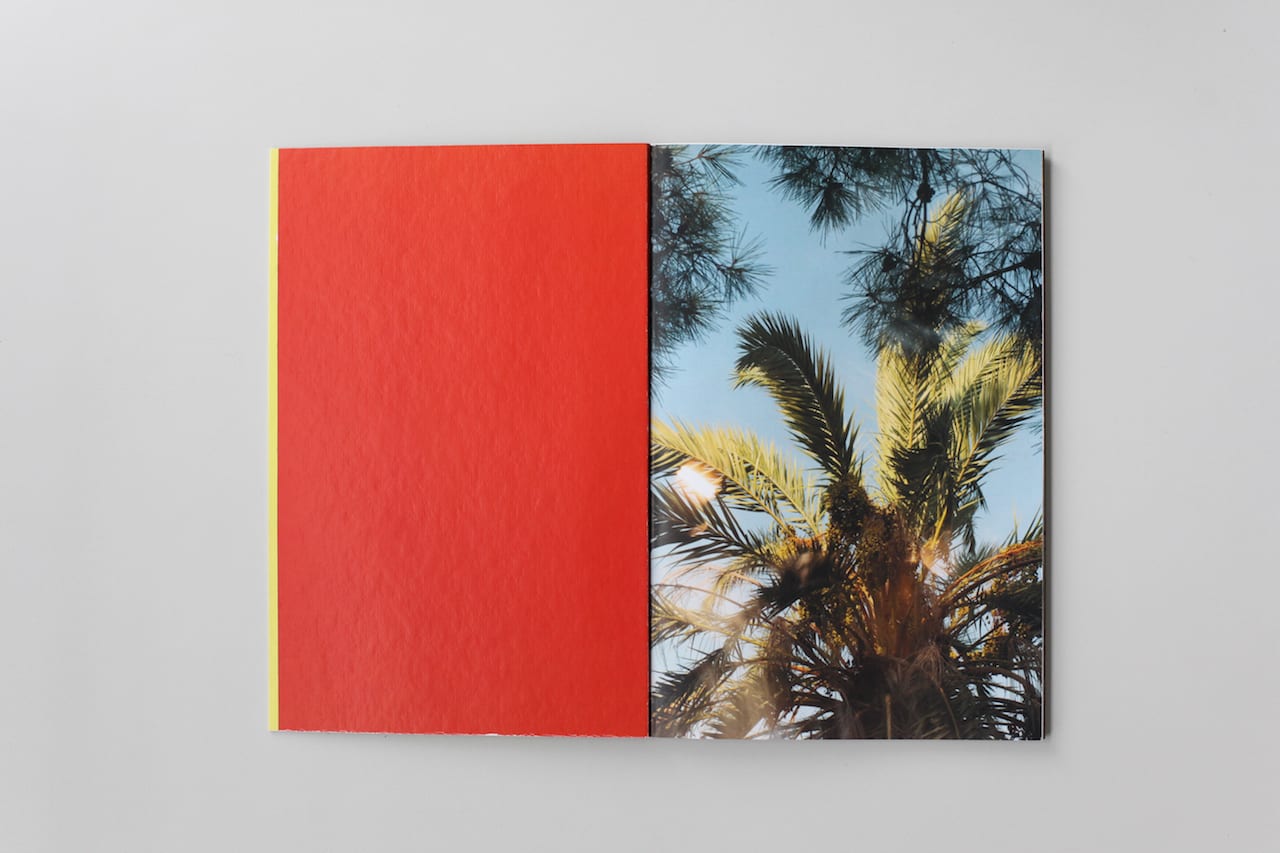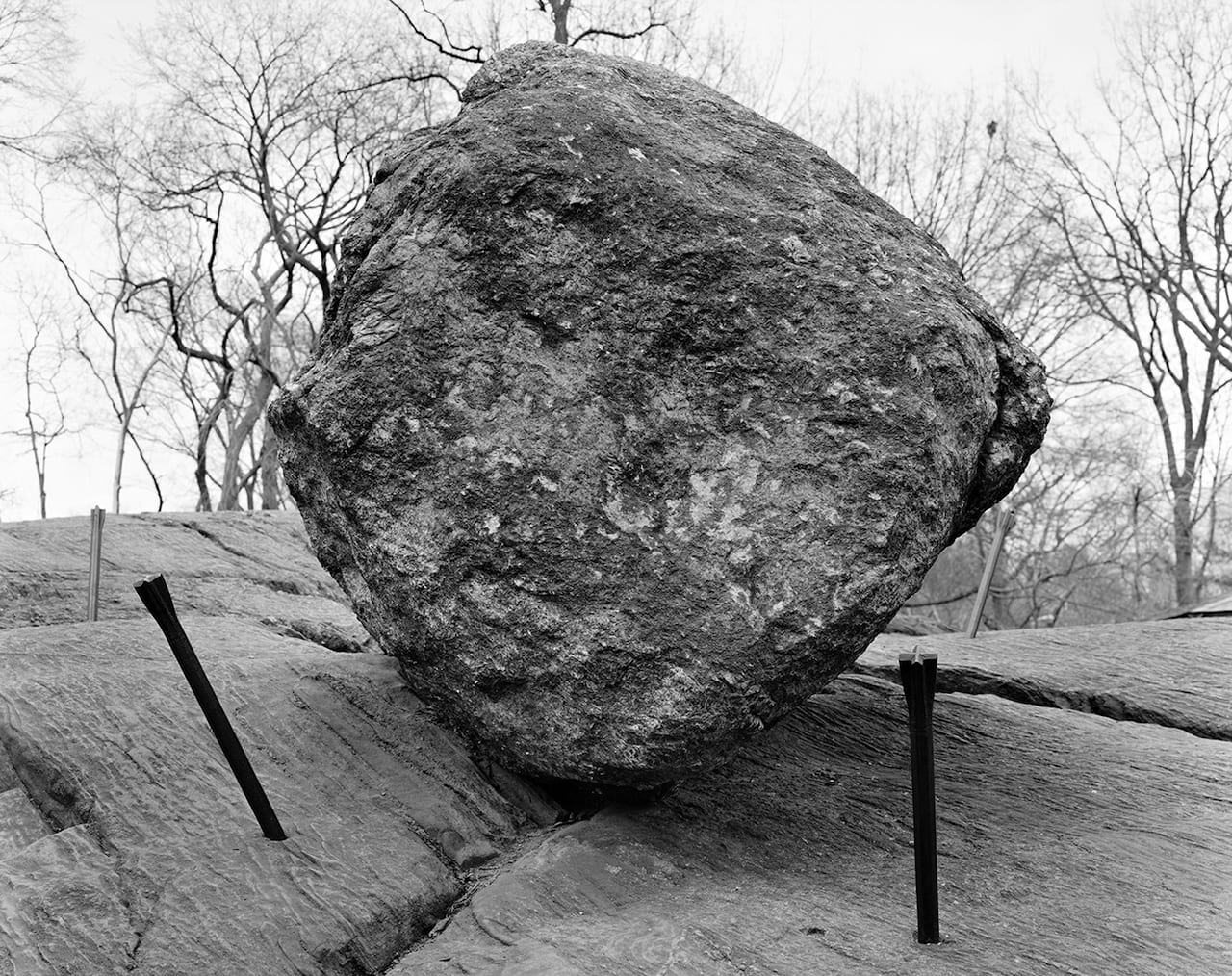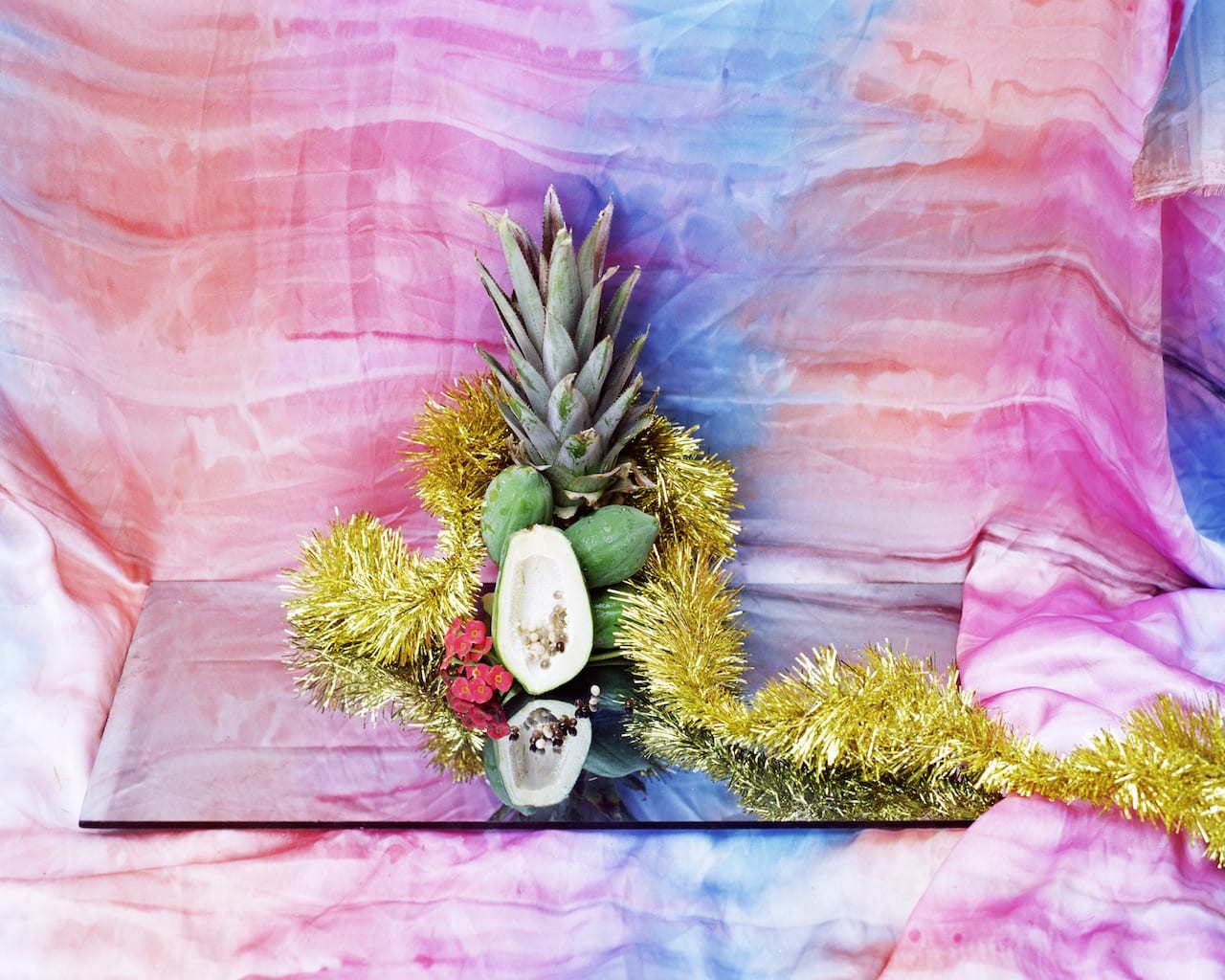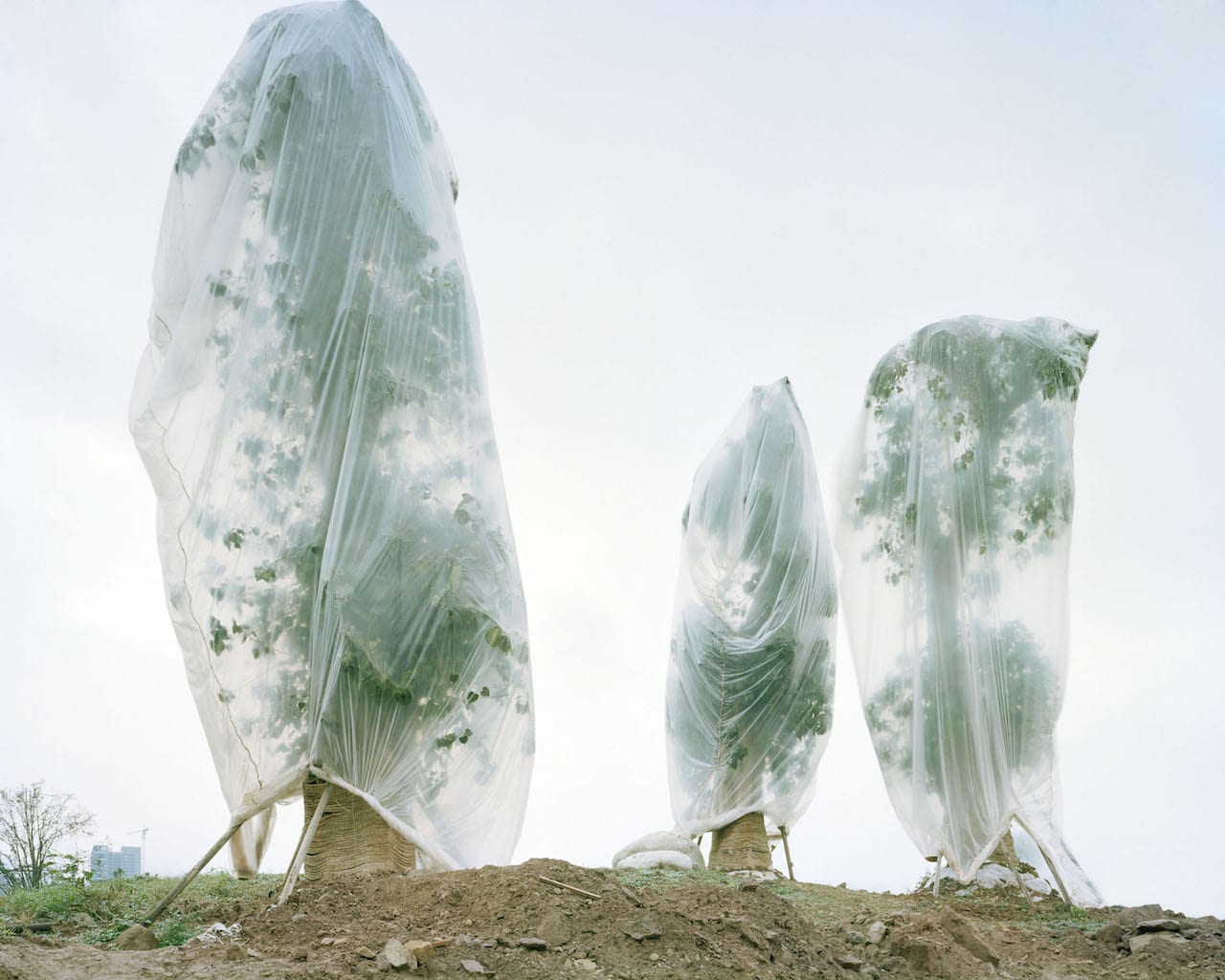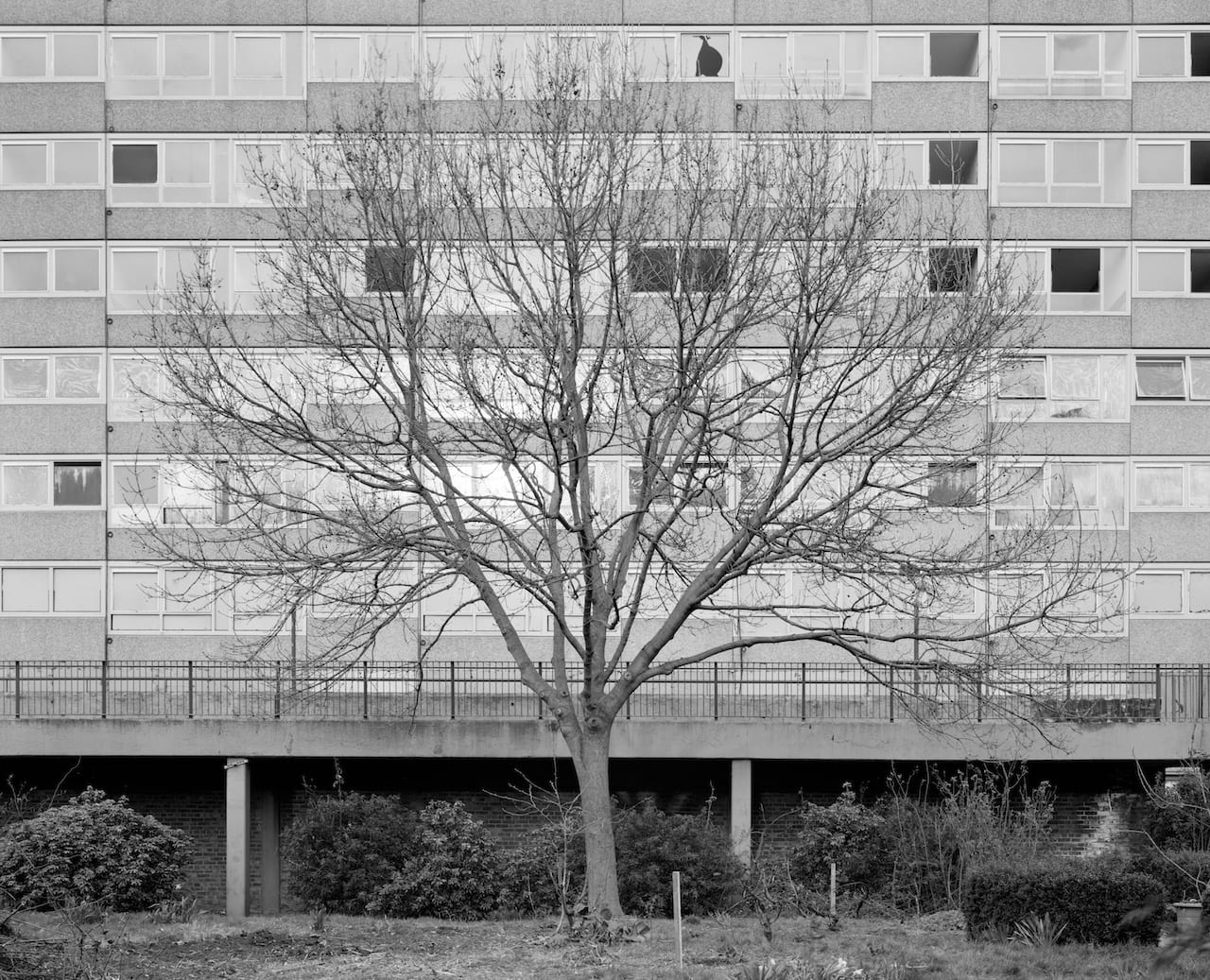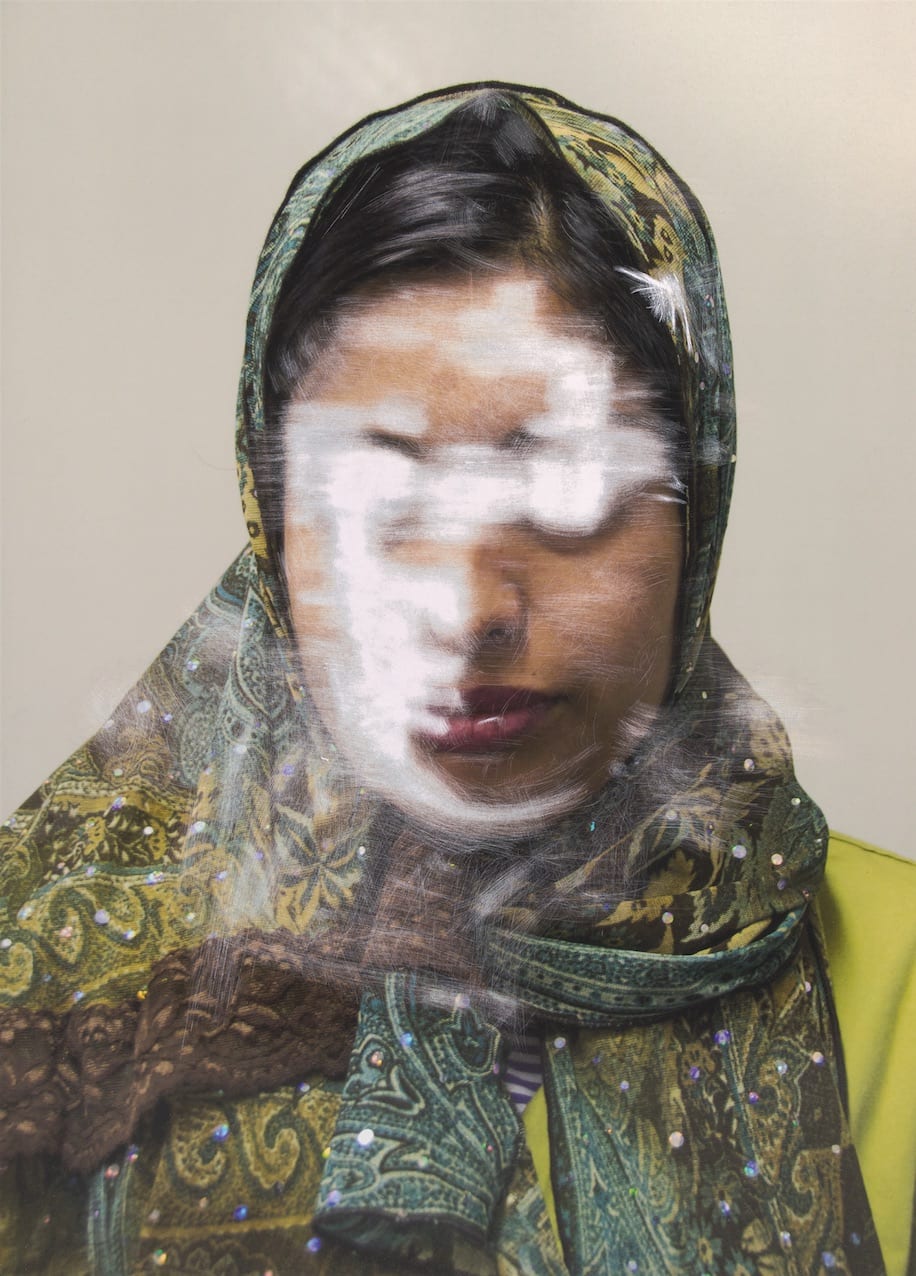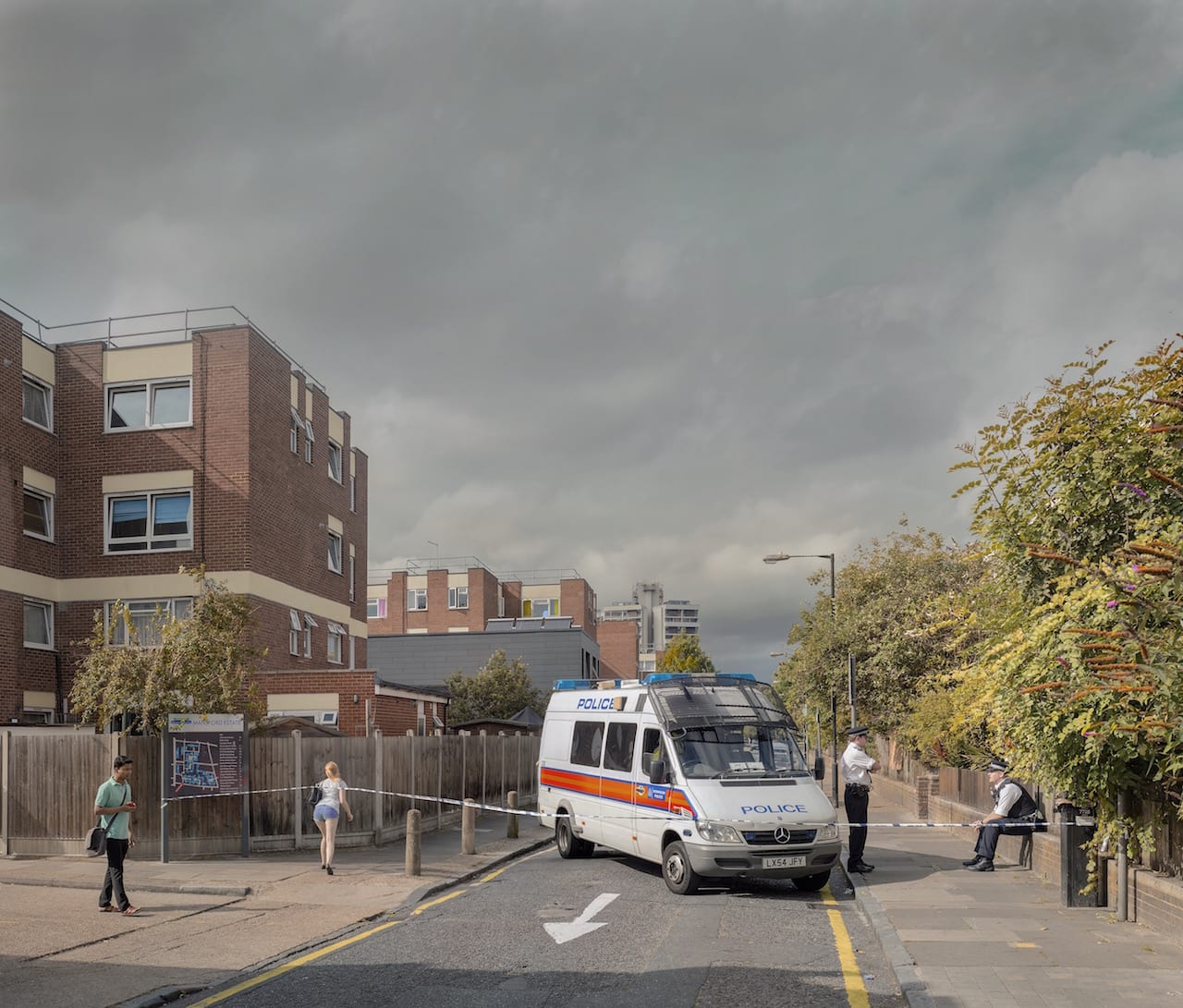Under the back garden of an unremarkable family home in Las Vegas is an extraordinary 16,000sq ft, all-pink, bomb-proof bunker. Inside are decadent bedrooms decorated with crystal chandeliers and baby pink wallpaper, and a bathrooms with a hot-pink toilet, white marble hot tub, and opulent golden fittings. Surrounding the house is a hand-painted mural of the countryside, and an underground garden with a swimming pool and fake trees growing out of a carpet that stands in for grass.
“It’s basically a house within a house,” explains Juno Calypso, who spent three days of solitude in the bunker, for her project What To Do With A Million Years. Designed to be safe from any disaster or intruder, the bunker was built in 1964 by Avon cosmetics founder Gerry Henderson and his wife, who were terrified of a potential nuclear breakout in the advent of the cold war.
Calypso is currently showing the series at London’s TJ Boulting gallery, and has transformed the basement space into a version of the garden, complete with fake plants, eerie mood lighting, and a soundtrack of soft romantic rock that plays against the continuous sound of running water from a stone fountain in the corner.


